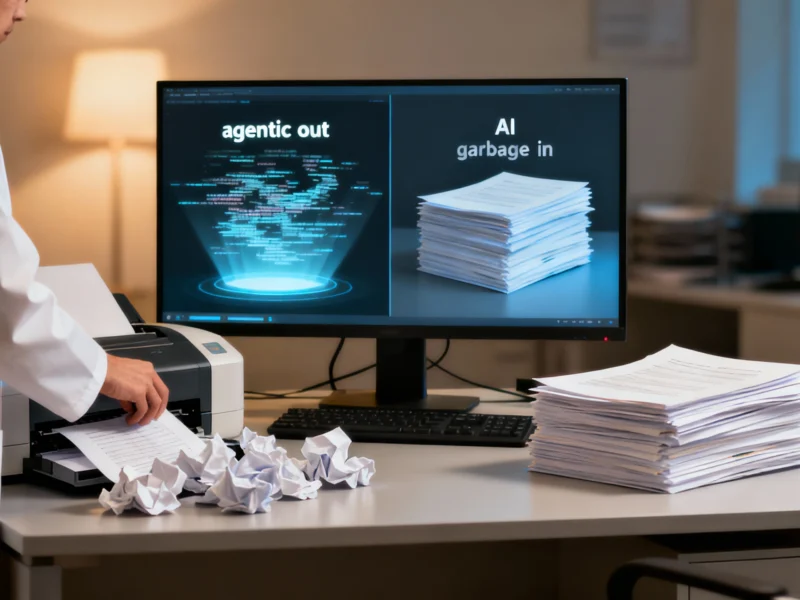Microsoft is testing animated 2D portraits for its Copilot AI assistant, aiming to make voice interactions feel more natural through visual representation. AI CEO Mustafa Suleyman announced the experimental “Portrait” feature via social media, revealing that user feedback indicates people prefer talking to faces during voice interactions. The feature represents Microsoft’s latest attempt to humanize AI conversations while gathering data on user comfort levels.
Bridging the Uncanny Valley in AI Interactions
Microsoft’s new Portrait feature addresses what psychologists call the “uncanny valley” – the discomfort people feel when interacting with entities that are almost, but not quite, human. By providing a simple 2D animated face rather than attempting photorealistic representation, Microsoft aims to create just enough visual presence to ease conversation without triggering discomfort. The company’s broader AI strategy has increasingly focused on making interactions feel more natural and intuitive.
Mustafa Suleyman emphasized this is “very much a prototype to help us learn more about how people feel talking to an AI.” The approach aligns with recent research from Stanford University showing that visual representation significantly impacts user comfort during AI interactions. Unlike the more elaborate 3D avatars in Copilot Appearance, Portraits use simpler 2D animation, potentially making them less distracting while still providing the visual anchor users apparently crave during voice conversations.
Microsoft’s Evolving AI Personality Strategy
The Portrait feature represents the latest evolution in Microsoft’s multi-pronged approach to AI personality development. Earlier this year, the company introduced Copilot Appearance with customizable 3D avatars, while the new Portrait option offers a more minimalist alternative. Both features remain housed within Copilot Labs, Microsoft’s testing ground for experimental AI capabilities available primarily to Copilot Pro subscribers paying $20 monthly.
Microsoft’s experimentation reflects broader industry trends. Google’s AI initiatives have similarly explored different interaction modalities, while OpenAI’s approach has focused more on conversational quality than visual representation. Microsoft’s dual-track testing of both simple portraits and elaborate avatars suggests the company is casting a wide net to determine what resonates with users. Industry analysts note that as AI becomes more integrated into daily workflows, interface design plays an increasingly crucial role in adoption.
Access and Implementation Challenges
The Portrait feature faces significant accessibility hurdles, currently limited to Copilot Pro subscribers and rolling out gradually even within that paid tier. This staged approach mirrors Microsoft’s typical deployment strategy for experimental features, allowing the company to gather data and make adjustments before broader release. The $20 monthly subscription requirement places these experimental features behind a paywall that may limit testing diversity.
Microsoft’s Copilot Labs already includes several advanced features beyond Portraits, including tools that transform 2D images into 3D objects and Copilot Vision for screen sharing. According to Gartner research, enterprises are increasingly investing in AI customization, with 79% of corporate strategists viewing AI as critical to success. Microsoft’s tiered approach allows them to test features with engaged, paying users before considering enterprise deployment.
The Future of AI-Human Interaction
Microsoft’s portrait experimentation signals where AI interaction design may be heading. As McKinsey research indicates, companies that successfully implement AI interfaces see significant productivity gains, making interface design increasingly important. The balance between visual representation and functional utility remains a key challenge across the AI industry.
The ultimate success of features like Portraits will depend on whether they genuinely enhance productivity or simply add cosmetic appeal. Microsoft’s careful testing through Copilot Labs suggests the company recognizes this distinction and is proceeding cautiously. As AI assistants become more sophisticated, the optimal balance between human-like interaction and efficient functionality remains an open question that Microsoft and competitors continue to explore through features like animated portraits and avatars.



